 推薦消息更多>>
推薦消息更多>>負壓氣力輸送設計原始條件
- 來源:http://www.4wpk.cn/ 日期:2024-11-03 發(fā)布人:創(chuàng)始人
負壓氣力輸送用低于大氣壓力的空氣作為輸送介質;它是靠氣源機械的吸氣作用在管系中形成一定真空度,利用具有必要流速的運動空氣,將物料從某地通過管道輸送到一定距離的目的地的一種懸浮式氣力輸送系統(tǒng)。恒通粉體建議掌握負壓氣力輸送設計原始條件后進行設計,掌握原始條件全方面考慮有利于氣力輸送穩(wěn)定:
Negative pressure pneumatic conveying uses air at a pressure lower than atmospheric pressure as the conveying medium; It is a suspended pneumatic conveying system that relies on the suction effect of gas source machinery to form a certain degree of vacuum in the piping system, and uses moving air with necessary flow rate to transport materials from a certain place through pipelines to a certain distance destination. Hengtong Powder suggests mastering the original conditions of negative pressure pneumatic conveying design before proceeding with the design. Having a comprehensive understanding of the original conditions is beneficial for the stability of pneumatic conveying
1. 輸送物料的物理化學特性:品名、平均粒度與粒度分布、顆粒形狀與表面狀態(tài)、流動性、粘結性與凝聚性、堆密度、密度、堆積角和摩擦角、含水量、吸濕性和潮解性、硬度及磨削性、破碎性和允許的破損程度、腐蝕性、靜電效應、爆炸性、毒性等。這些因素有利于確定合適的氣力輸送設備結構形式、供料設備類型、部件尺寸及材料、輸送風速的選定等。
1. Physical and chemical properties of conveyed materials: product name, average particle size and particle size distribution, particle shape and surface state, flowability, adhesiveness and cohesiveness, bulk density, density, stacking angle and friction angle, moisture content, hygroscopicity and deliquescence, hardness and grindability, fragmentation and allowable degree of damage, corrosiveness, electrostatic effect, explosiveness, toxicity, etc. These factors are beneficial for determining the appropriate structural form of pneumatic conveying equipment, type of feeding equipment, component size and material, and selection of conveying wind speed.
2. 輸送量:了解車間年輸送量或港口泊位年吞吐量,到貨不平衡系數(shù),晝夜總輸送量及作業(yè)時間,每小時最大和平均輸送量等,以便確定所需氣力輸送設備臺數(shù)及其計算生產(chǎn)率。
2. Conveying capacity: Understand the annual conveying capacity of the workshop or the annual throughput of the port berth, the arrival imbalance coefficient, the total conveying capacity and operation time day and night, the maximum and average conveying capacity per hour, etc., in order to determine the required number of pneumatic conveying equipment and calculate their productivity.
3. 輸送起點和終點的具體情況:應了解裝置前后機械連接、供料及接運情況、船型資料、船口尺寸及后方存?zhèn)}容量等。
3. Specific information about the starting and ending points of transportation: It is necessary to understand the mechanical connections before and after the device, the feeding and transportation situation, the ship type information, the size of the ship mouth, and the storage capacity at the rear.
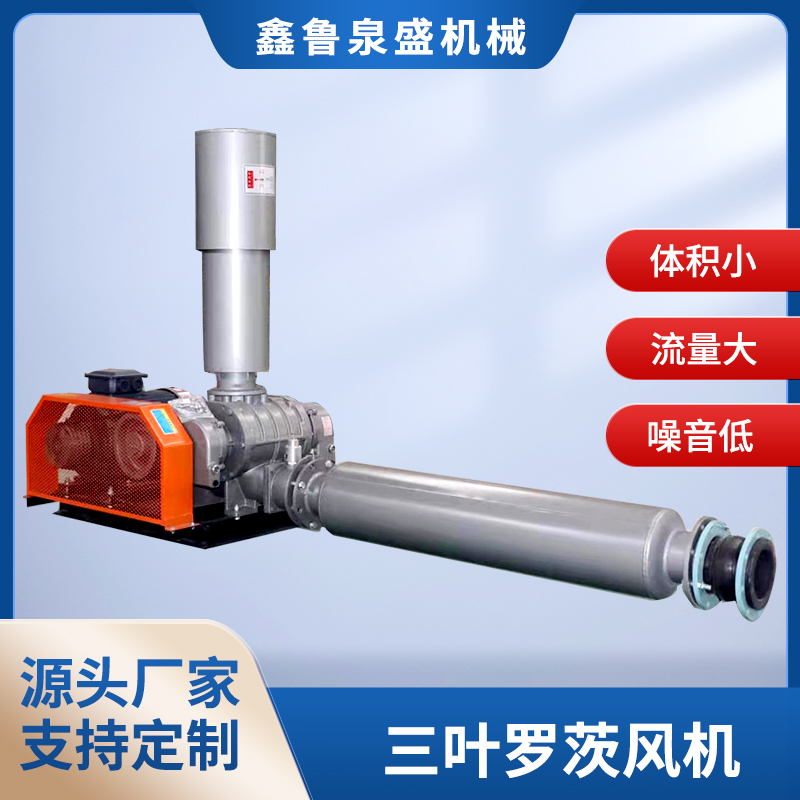
4. 安裝地點的情況:了解廠房工藝設備布置及其平面設計圖;了解港口碼頭承載能力、鐵路線布置情況,潮汐、水位差及雨天、臺風、氣溫變化等有關水文氣象資料。露天安裝的設備,考慮采用防雨耐腐結構。
4. Installation location: Understand the layout of the factory's process equipment and its floor plan design; Understand the carrying capacity of port terminals, the layout of railway lines, as well as hydrological and meteorological data related to tides, water level differences, rainy days, typhoons, temperature changes, etc. For equipment installed outdoors, consider using a rainproof and corrosion-resistant structure.
5. 運輸距離和管路布置情況:根據(jù)工藝流程的要求,了解裝置所需的水平、鉛垂輸料管輸送長度,彎管數(shù)量及轉彎角度等。根據(jù)其他設備情況了解裝置架空高度及總體布置要求;進行總體布置時,應注意在符合工藝要求條件下,盡可能減小輸送長度及彎管數(shù)量,在整體上還要注意不得妨礙其他設備及現(xiàn)場交通,且易于檢修、進行部件更換等作業(yè)。
5. Transportation distance and pipeline layout: According to the requirements of the process flow, understand the required horizontal and vertical conveying length, number of bends, and turning angles of the conveying pipes for the device. Understand the overhead height and overall layout requirements of the device based on the situation of other equipment; When making the overall layout, attention should be paid to minimizing the conveying length and number of bends as much as possible while meeting the process requirements. In addition, attention should be paid to not obstructing other equipment and on-site traffic, and making it easy to maintain and replace components.
6. 設備運轉管理條件:了解自動控制、遙控和聯(lián)鎖、設備修理、保養(yǎng)要求等。對大型設備及作業(yè)時間長、連續(xù)供料的裝置,其前后方連接設備一定要有安全聯(lián)鎖裝置。
6. Equipment operation management conditions: Understand automatic control, remote control and interlocking, equipment repair, maintenance requirements, etc. For large equipment and devices with long operating hours and continuous feeding, safety interlock devices must be installed on the front and rear connecting equipment.
7. 電源:了解當?shù)毓╇姺绞郊半妷旱惹闆r。
7. Power supply: Understand the local power supply mode and voltage situation.
8. 所能獲得的標準件或機電配套件等情況:了解裝置所需的各種電機配套件和有關部件零件等,在保證性能要求和質量條件下,應優(yōu)先選用現(xiàn)有的標準產(chǎn)品,減少非標零部件設計和其制造的數(shù)量。
8. Information on standard parts or electromechanical components that can be obtained: Understand the various motor components and related parts required for the device, and prioritize the use of existing standard products while ensuring performance requirements and quality conditions, reducing the number of non-standard component designs and manufacturing.
9. 其他特殊條件和要求:對噪聲和粉塵處理要求,高溫及嚴寒的影響,如氣溫有可能接近露點的情況,為防止凝結水珠對布袋除塵器的影響,應采取保溫或加熱措施。
9. Other special conditions and requirements: Requirements for noise and dust treatment, as well as the impact of high temperature and severe cold, such as when the temperature may approach the dew point, insulation or heating measures should be taken to prevent condensation droplets from affecting the bag filter.
- 上一篇: 氣力輸送系統(tǒng)價格由哪些因素決定?
- 下一篇: 負壓氣力輸送生產(chǎn)的一些關鍵技術
Related products相關新聞
- 2025-04-01氣力輸送系統(tǒng)是如何應用的
- 2025-03-31 空氣懸浮鼓風機的原理和優(yōu)勢
- 2025-03-28氣力輸送系統(tǒng)時怎么組成的?
- 2025-03-24倉泵工作原理
- 2025-03-24對于羅茨鼓風機的了解
- 2025-03-21羅茨鼓風機振動是因為什么?
- 2025-03-20羅茨鼓風機應用場景
- 2025-03-18真空上料機真的是工業(yè)物料輸送的高效助力呀
- 2025-03-17旋轉供料器是怎么成為工業(yè)生產(chǎn)的物料輸送樞紐的呢?
- 2025-03-17想了解氣力輸送系統(tǒng)的工業(yè)物料傳輸?shù)牡昧χ謫幔?/span>


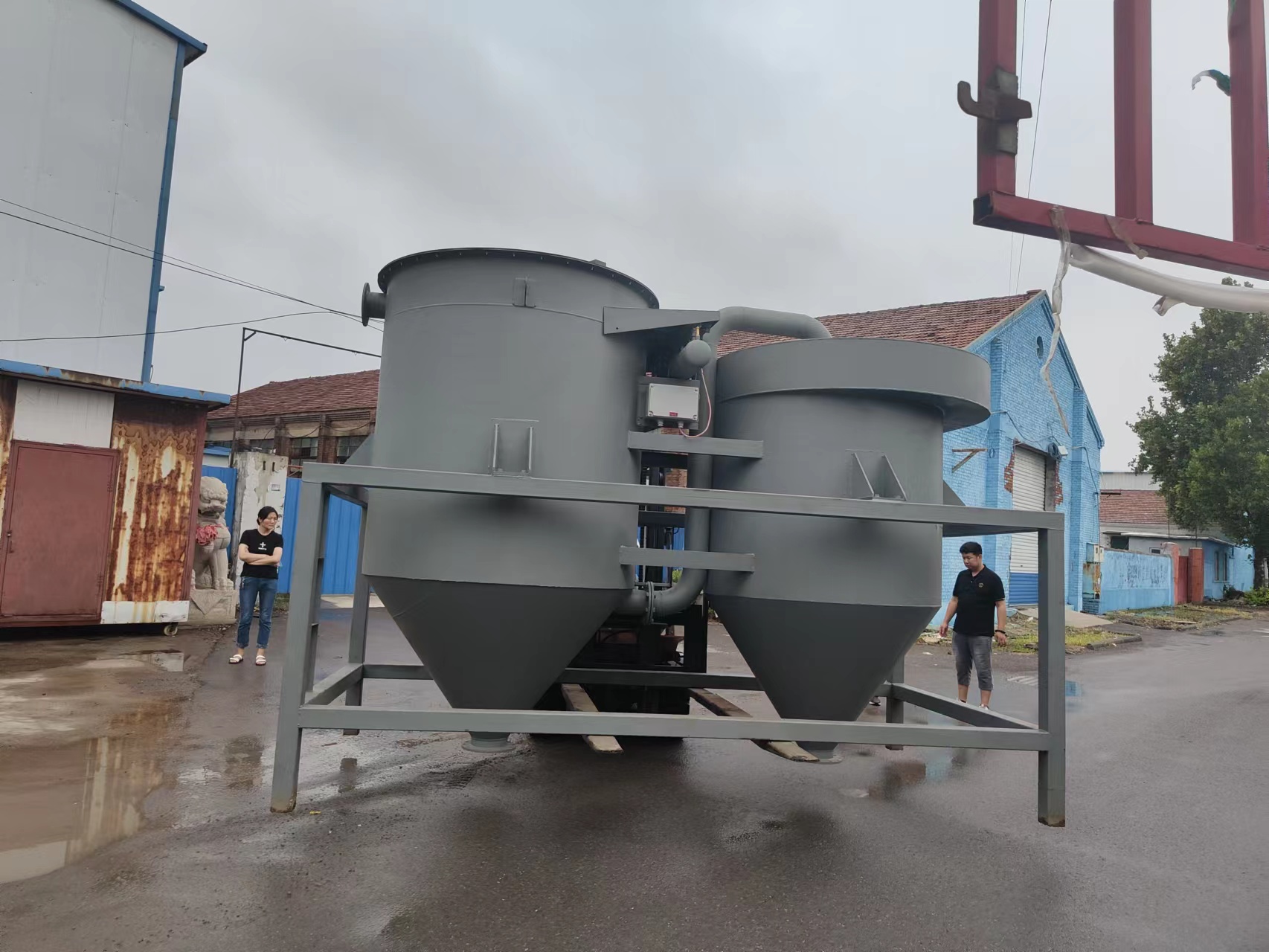
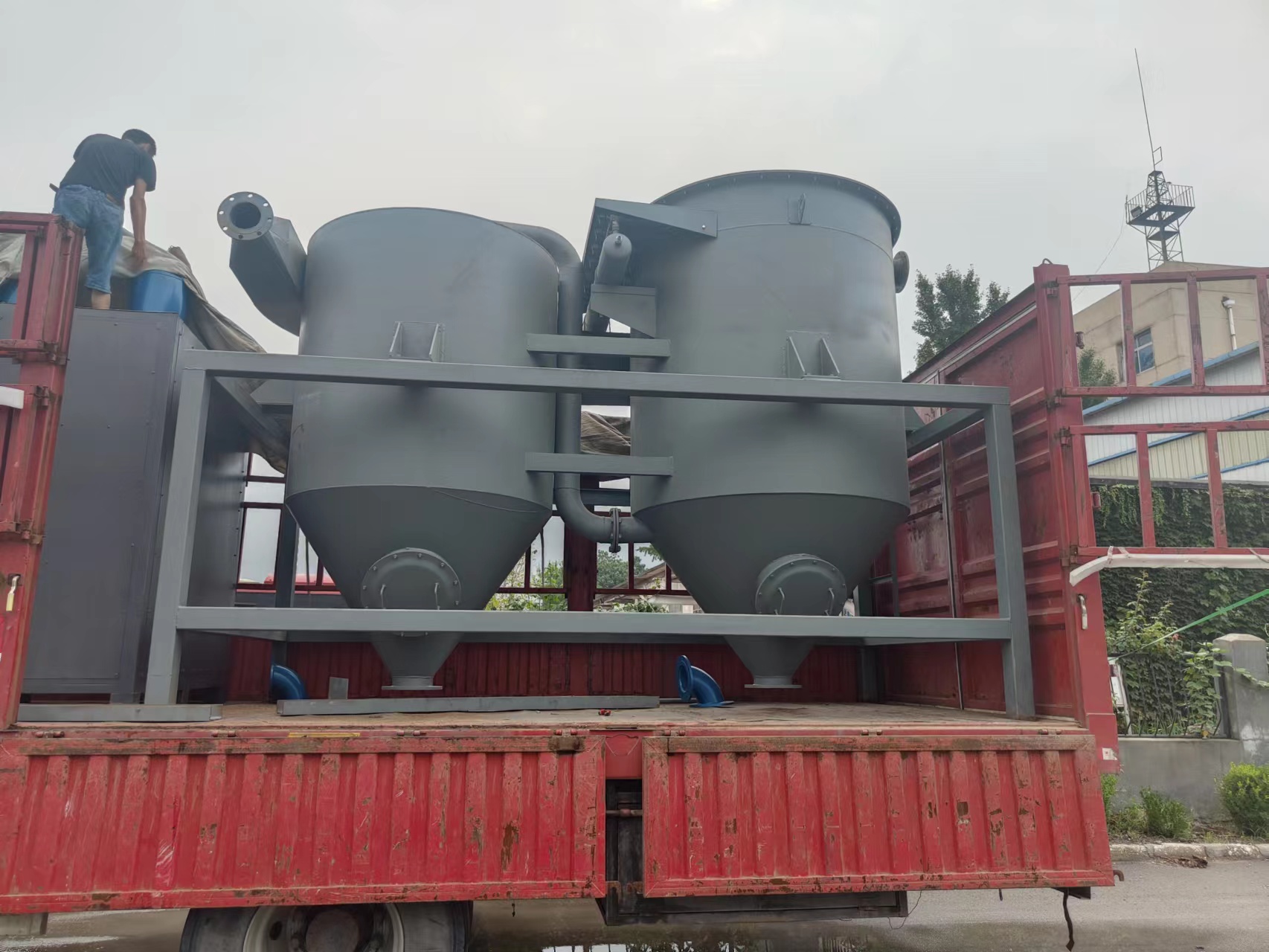
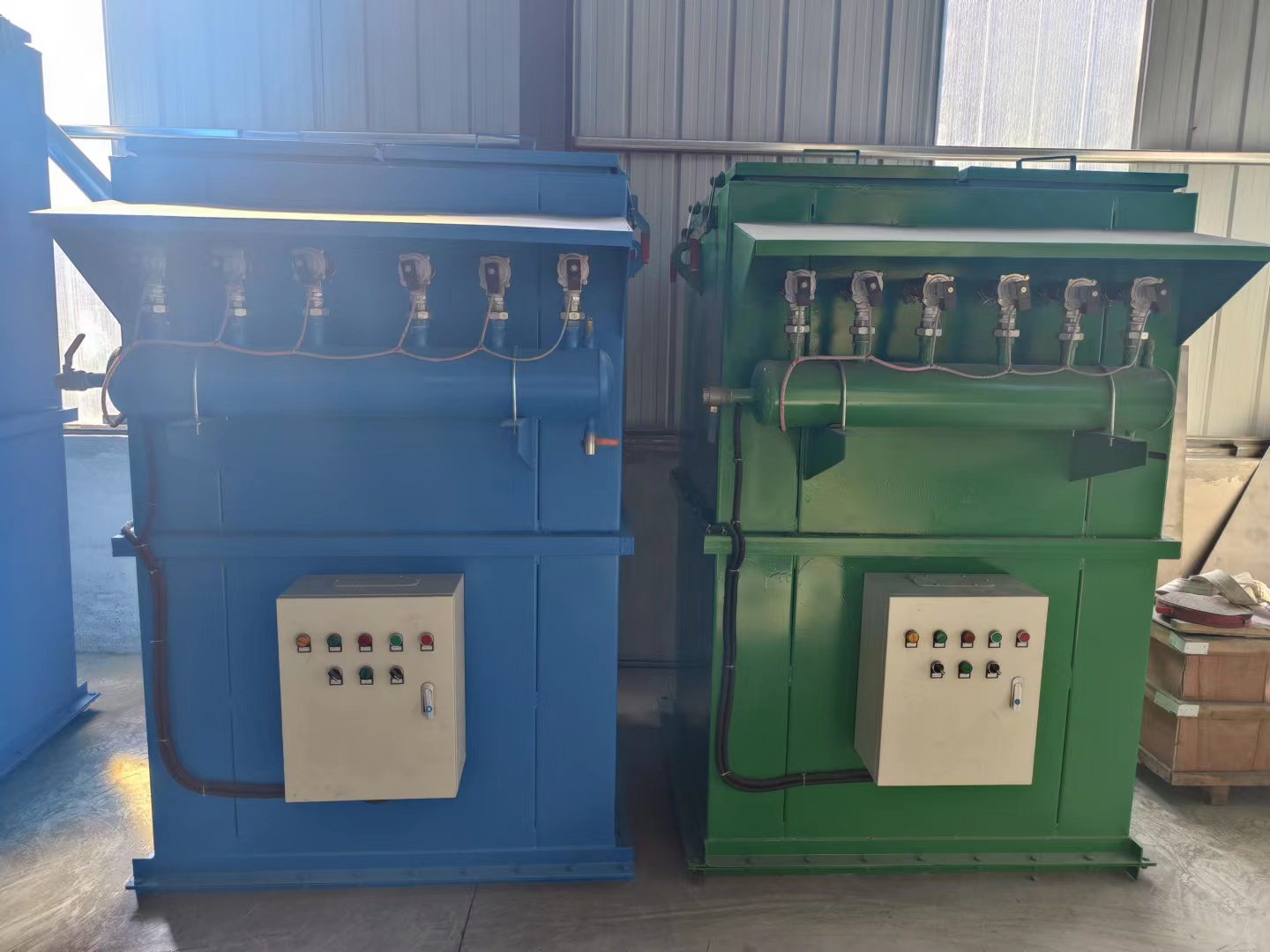
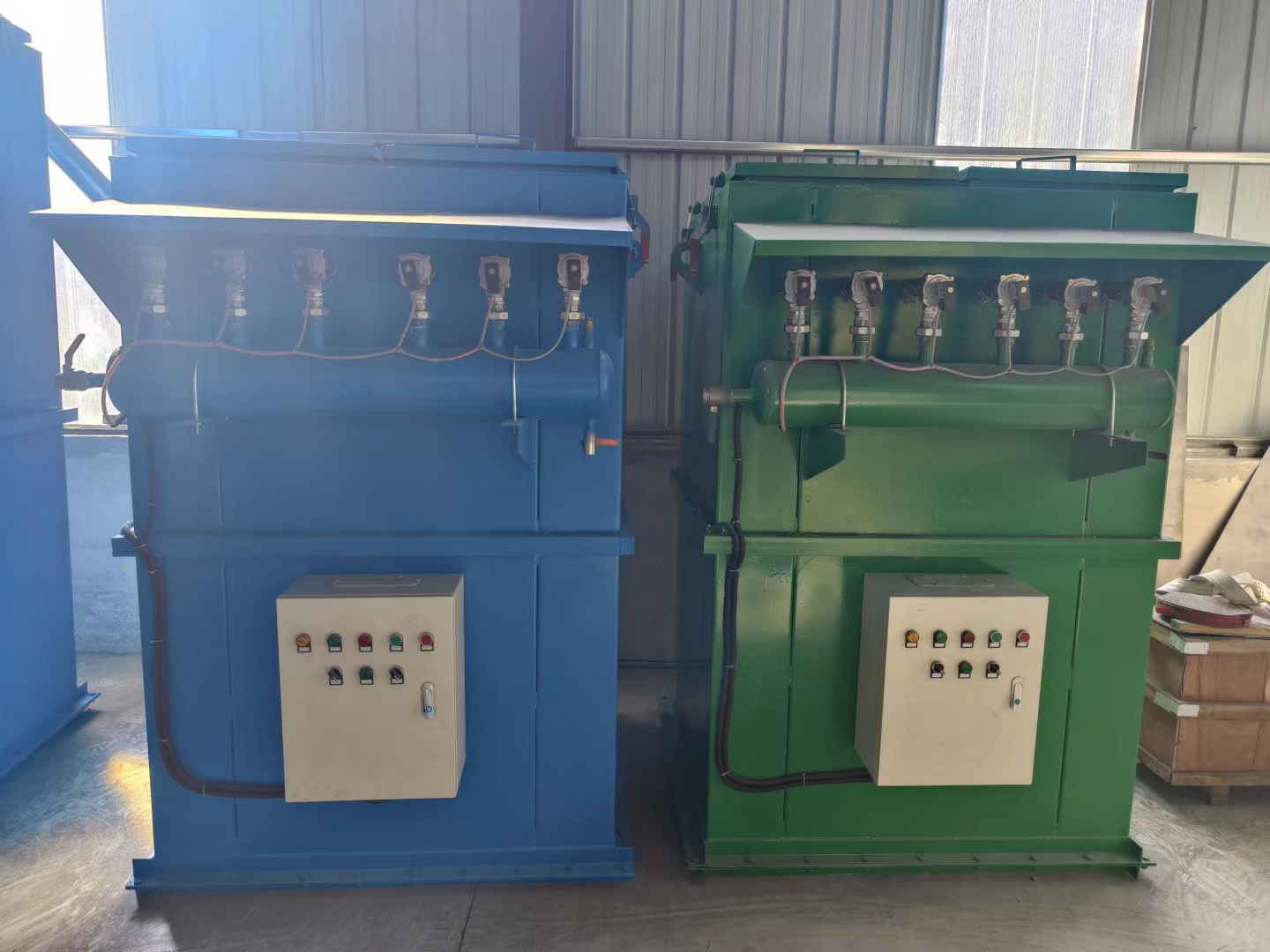
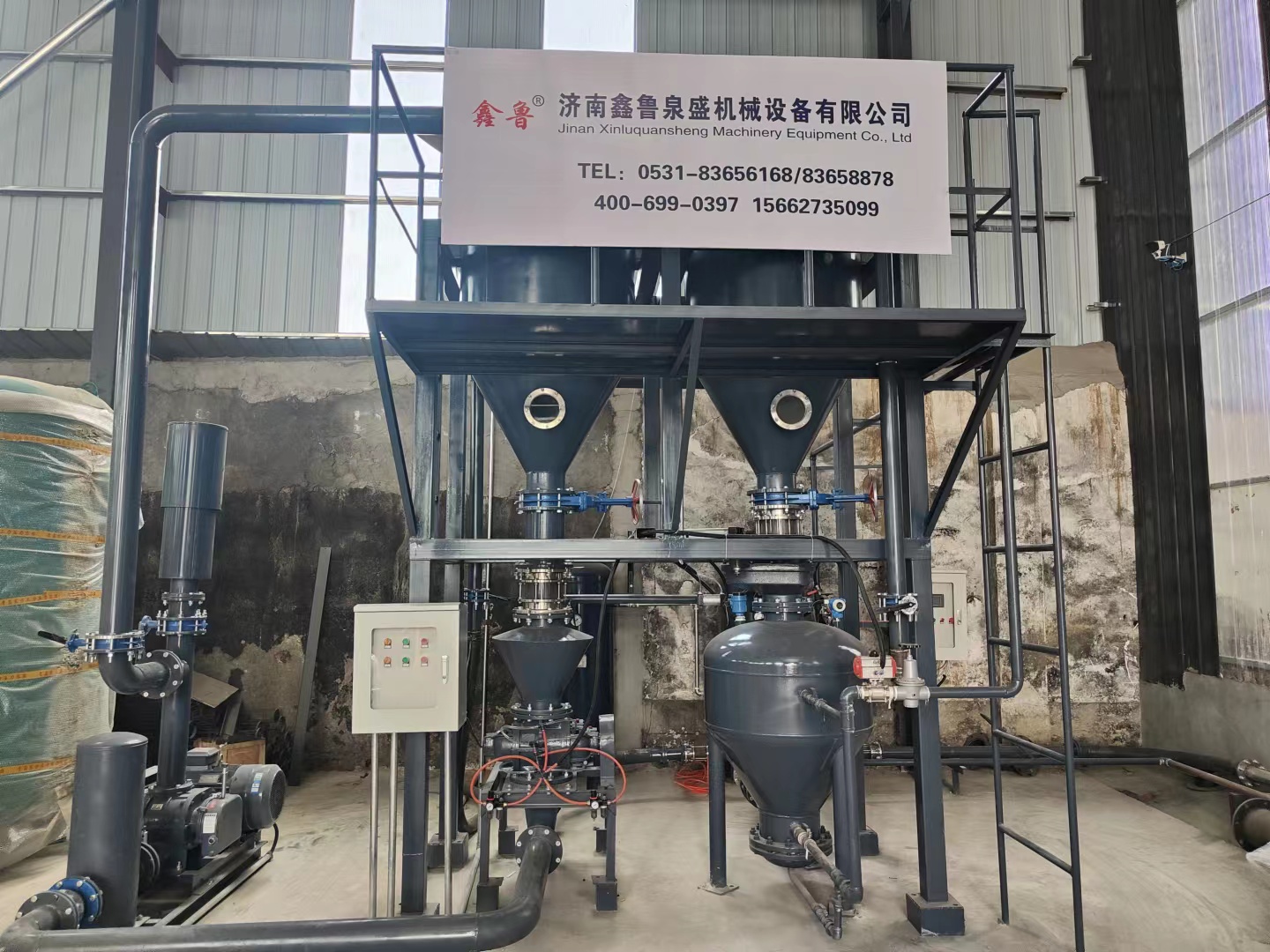
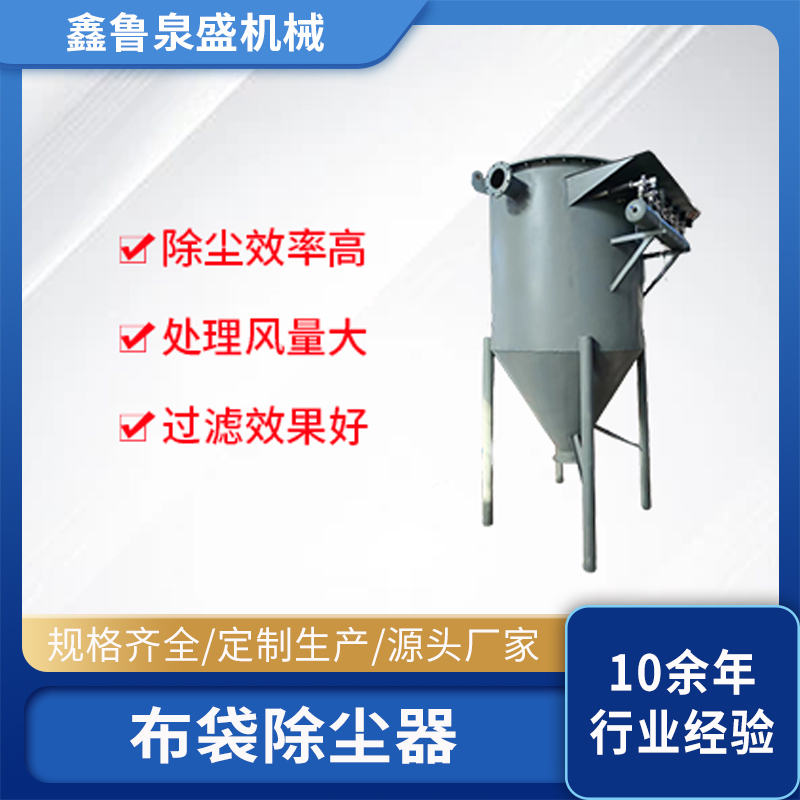
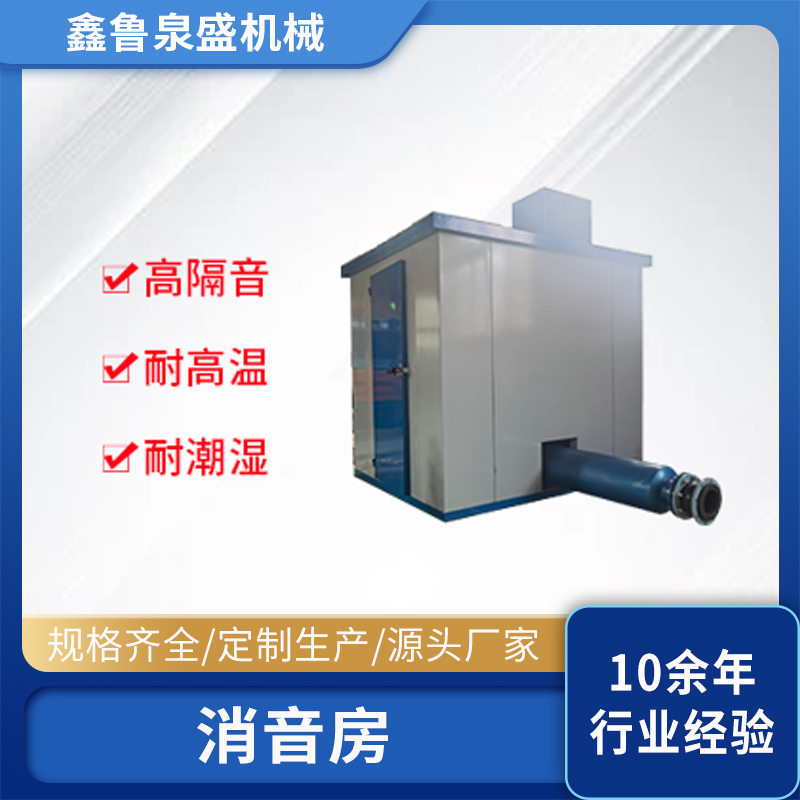
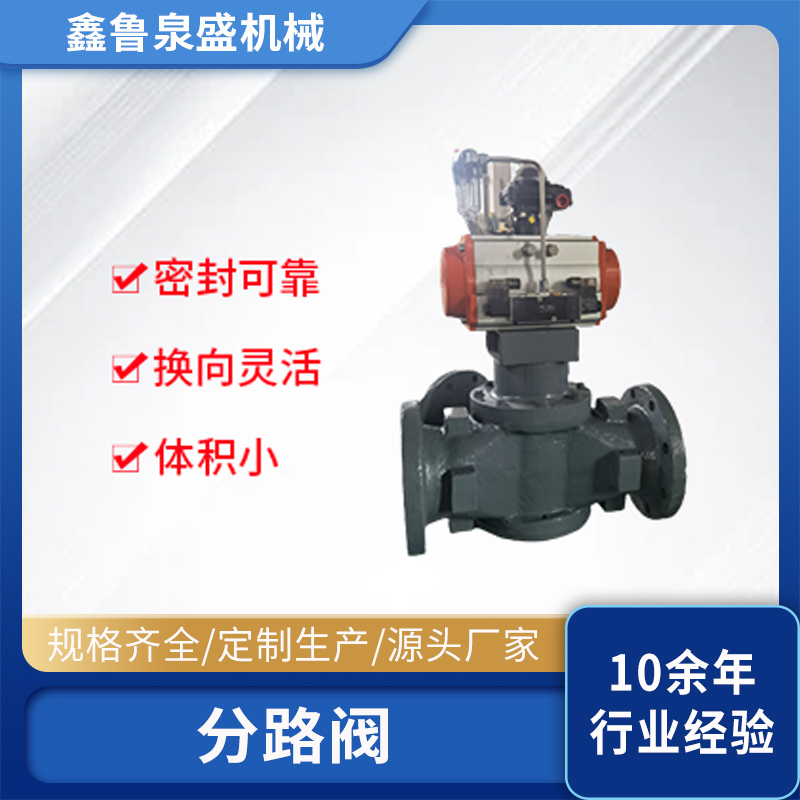
 掃碼微信溝通
掃碼微信溝通